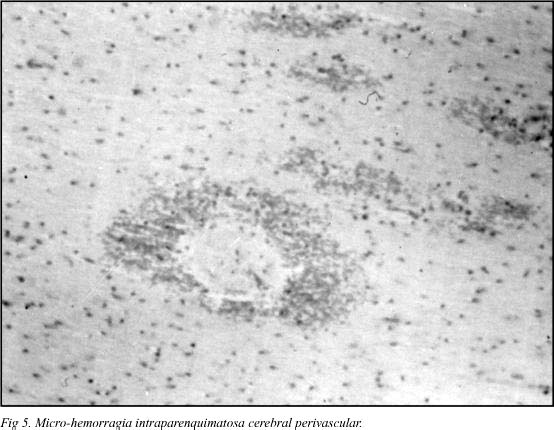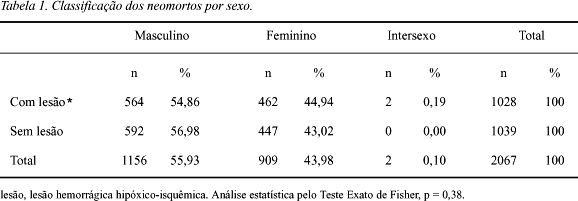Hypoxic-ischaemic injury of the central nervous system (CNS) in newborns is a very prevalent entity affecting 1 to 6 children per 1000 births. This injury may induce severe neurological sequelae. We present the analysis of 1028 consecutive cases of hypoxic-ischaemic CNS injuries of haemorrhagic pattern detected in autopsies performed at the Division of Anatomic Pathology, Hospital de Clínicas, University of Paraná, Brazil, from 1960 to 1995. The prevalence of these lesions was high (49.73%) amongst all autopsied newborns. The main types of haemorrhage were microscopical intra-parenchymal haemorrhages, intraventricular and periventricular haemorrhages and subarachnoid foci of bleeding. Our results emphasize that premature children constitute a high risk group for CNS haemorrhage needing special preventive therapeutic procedures to avoid neurological complications.
hypoxic-ischaemic injury; central nervous system; newborn infant








